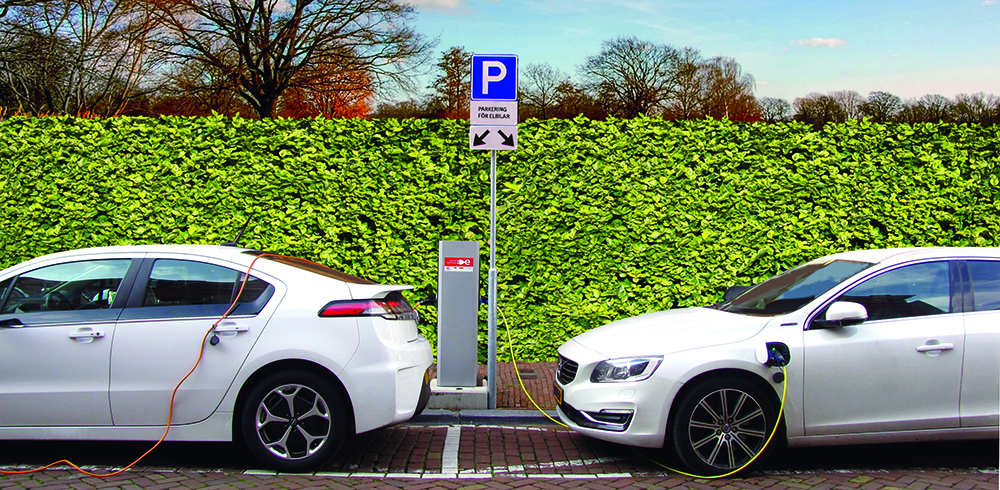
Strong link between charging infrastructure and adoption of electric vehicles
Municipal expansion of charging infrastructure is an effective instrument to increase the share of electric vehicles. This is confirmed in a recent Shift study
The number of electric vehicles is increasing in Sweden, but the adoption rate varies substantially across municipalities. In joint studies, financed by the Nordic Energy Research project Shift, researchers at IVL Swedish Environmental Research Institute and University of Gothenburg have used panel data to estimate the effect of local policy instruments on the share of newly registered electric vehicles in Swedish municipalities during the period 2010 – 2016.
Key findings
• Expansion of charging infrastructure is an effective instrument to increase the share of electric vehicles.
• Public procurement of electric vehicles is an effective policy instrument.
• Differentiating local policy instruments to the characteristics of municipalities increase the effectiveness of the instruments.
• Public charging points in rural municipalities should be placed mainly along roads with much traffic to counteract range anxiety.
• In urban municipalities, public charging points should be placed close to homes as the main urban barrier is limited charging possibilities at home.
• Municipalities using electric vehicles create a positive externality in terms of experience spill-over to citizens, the effect being larger in rural municipalities.
The studies are the first to examine a causal relationship between the impact of local policy instruments on the EV adoption in Sweden.